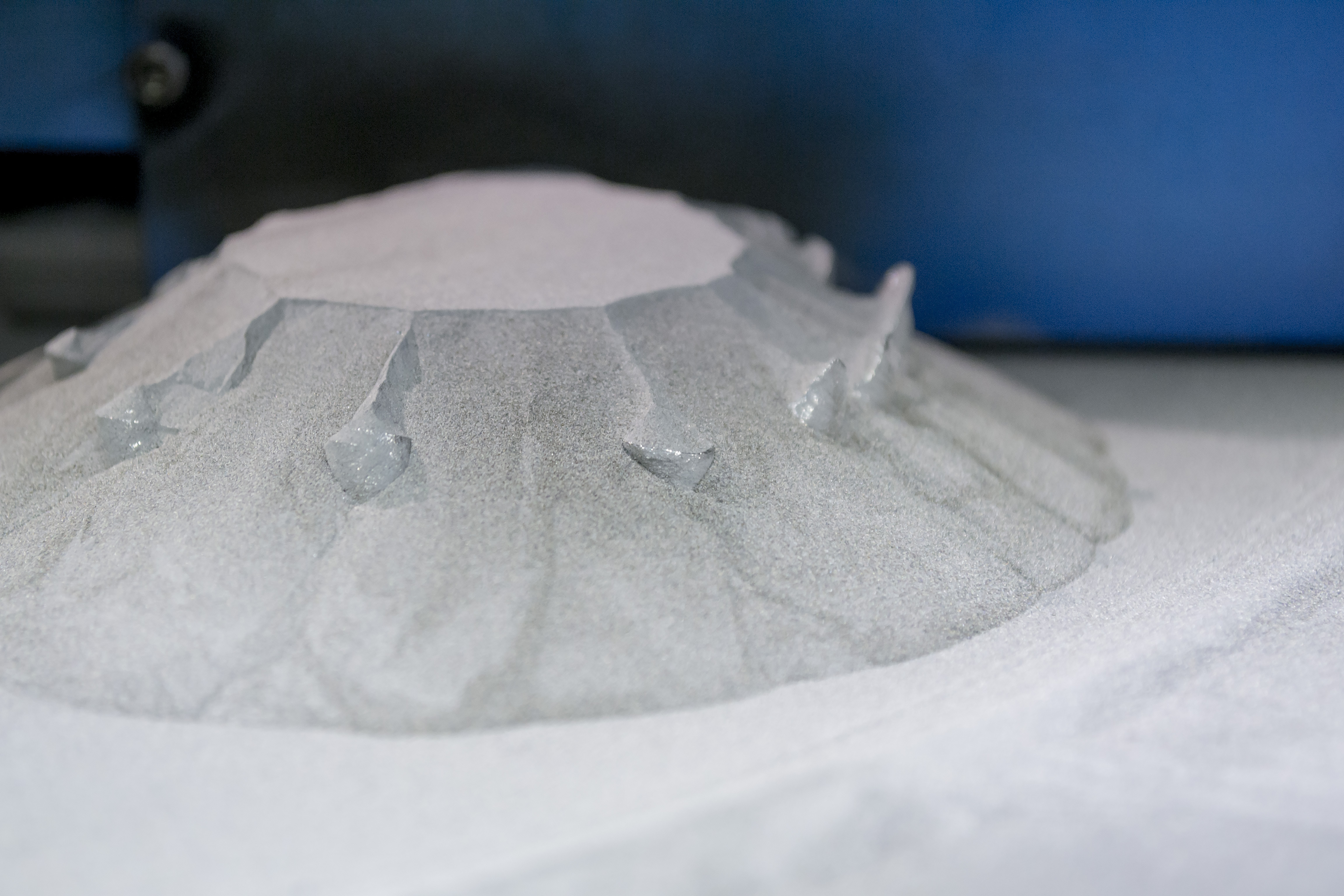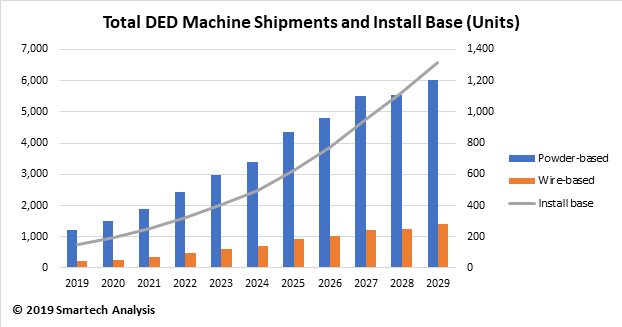The consumer market for 3D printers is becoming more mature as more professionals gain experience with these amazing machines. Consumer segments are becoming clearer and so too are their differing demands for 3D printing equipment.
One segment where we are finding a lot of change is in design-oriented professional groups. Many architectural and product development firms are moving past the trial-run periods for 3D printers and scaling up their investment in 3D printing equipment. Instead of upgrading to larger professional printers like some analysts have speculated they would do, many firms are choosing instead to purchase multiple compact 3D printers. These arrays of 3D printers are connected, forming 3D printing hubs or “clusters”.
Print jobs can be sent to any printer in the network based on the requirements of the job. Meanwhile, larger jobs can be split to multiple printers that may take advantage of 3D printers’ different performance. The task of splitting up print larger jobs into a few printable components is a small price to pay for the increased flexibility of the cluster.
Adding on compact printers allows design firms to efficiently scale up their 3D printing capacity with demand, while still running their older 3D printers that aren’t obsolete yet. There is little risk that 3D printing firms will get ahead of their capacity demands by adding onto their 3D printer cluster incrementally. Because of this, most design firms are able to keep their 3D printers running at nearly full capacity.
3D printing clusters offer substantial benefits to design professional. Compact printers fit better into existing facilities, eliminating expenses for creating new spaces to house the larger body printers. Their compact size also facilitates integrating 3D printers into existing design processes, as the printers can be placed on a desktop, as opposed to in some other room, floor, or building.
Having multiple smaller build boxes may also better fit the demands of design firms. A greater amount of compact 3D printers can accommodate more from professionals at once (making the technology more accessible). 3D printing clusters can also accommodate the larger projects by splitting parts of the build to multiple 3D printers.
A good analogy is laundry mats. Nearly all laundry mats have many smaller washing machines, as opposed to a few larger machines. More machines allow the laundry mat to serve more customers at once, while a customer with a large load can use multiple machines if they need to.
While a larger washing machine may be better at handling large single loads, for a customer with a normal sized load, they large washer presents a dilemma. Either you 1) throw your normal load into the large washer, or 2) wait for more customers to come in so you can use the washer together. Option one will take up a large percentage of the laundry mats capacity and garner mean look from customers coming in after you. You also end up using a lot of energy and resources to clean a relatively small amount of clothes. Option two isn’t any better, as you may be waiting for a long time for enough people to show up to fill the large washer.
Understanding adoption patterns like these have wide reaching strategic implications for 3D printer manufacturers. For instance, customers may prioritize 3D printers that play well with others (i.e have better connectivity to the network, and print consistently off of CAM/CAM software, etc.). It may also mean that design-oriented users will reward novel compact printers that can augment the overall capabilities of their cluster. Examples may include compact printers with unique build envelopes, or that can print in novel materials.




